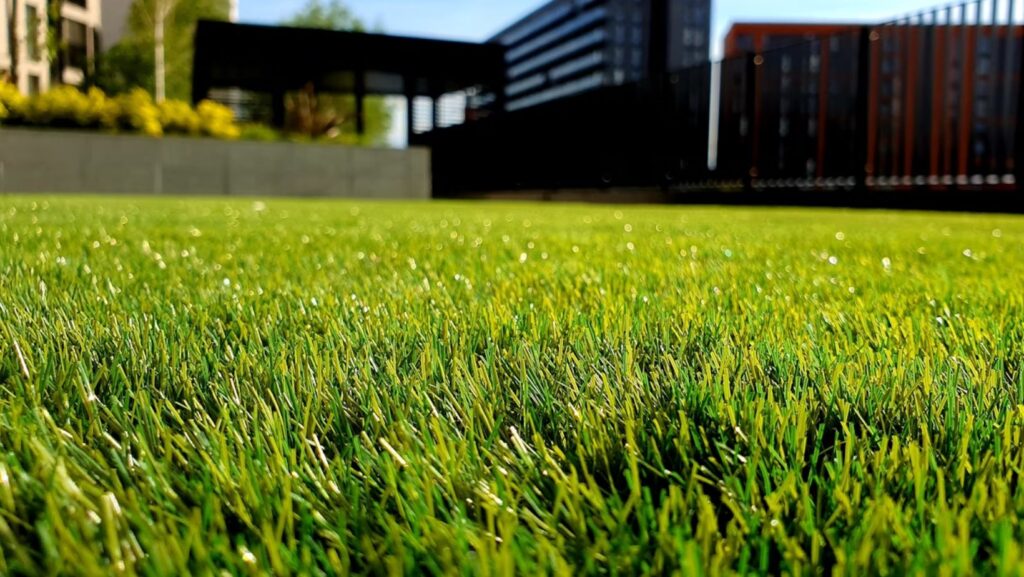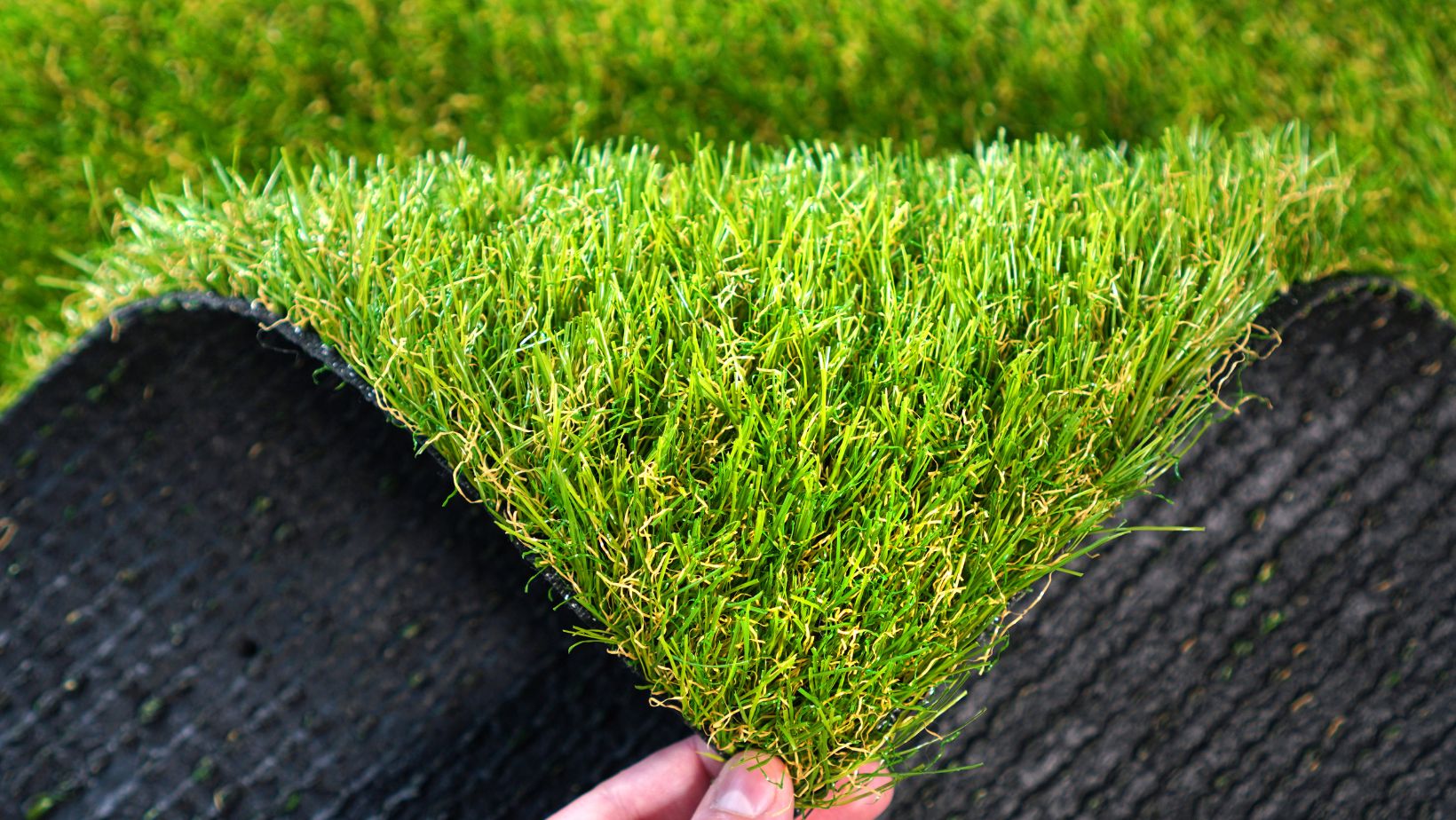In recent years, modern architecture has evolved beyond the walls of a building to include the outdoor space as a central part of the design. As clean lines, minimalist elements, and sustainable features dominate architectural trends, landscape choices must align with this aesthetic and functional vision. This is where artificial grass becomes more than just a ground covering—it becomes a design asset. Opting for a Turf service can provide homeowners and designers with a sleek, consistent outdoor surface that pairs perfectly with contemporary structures.
Turf and Architectural Aesthetic Harmony
Sharp lines, open spaces, and a seamless transition between indoor and outdoor areas characterize modern architectural design. Artificial grass balances this effect by providing a uniform, vivid surface that looks lovely against concrete, glass, steel, and wood. Trimming the sharp corners of a rooftop patio or incorporating a minimalist garden, synthetic grass provides a lush finish that does not compromise the modern home’s clean and polished design.
Conventional lawns are also associated with unevenness, such as patches, stains, or even seasonal alterations that may destroy the harmony and beauty designed by architects. Artificial grass eliminates this by creating a perfect year-round green that promotes the continuity of vision necessary for contemporary design. It’s a clever idea to maintain the clean look of a modern space without the inconsistency of natural elements.
Function and Form
Artificial grass offers another benefit beyond its aesthetic appeal. Many modern homes prioritize efficiency, functionality, and sustainability. The synthetic turf helps to preserve these values by reducing the amount of water and fertilizer required, as well as the weekly maintenance needed. In houses constructed in drought-ridden regions or cities where natural grass can hardly grow, turf serves not only as a beautiful addition to the home but also as a logical alternative.
The artificial grass is also durable, allowing it to be used in high-traffic areas. Whether it’s a backyard play area, a pool area, or a children’s play area, artificial turf is always in its prime with minimal maintenance. This corresponds to low-maintenance and high-efficiency ideologies, which are the focal points in contemporary design ideals.
Incorporating Turf Inventionally
The contemporary architecture tends to experiment with space and design. This brings innovation in turf applications. Vertical gardens, such as those found in city homes, are gaining popularity, and living walls can be constructed with synthetic grass, which eliminates the need for irrigation or trimming. In the same way, turf is an eye catcher on balcony floors, terrace edges, and even stepping stone paths, bringing greenery where actual grasses would never have a chance.
Biophilic design. An emerging architectural trend is biophilic design, the practice of reconnecting people to the natural world in man-made spaces. Artificial grass also fits into this trend. This connection is achieved through the use of synthetic turf, which removes the hardships and difficulties associated with traditional landscaping, particularly in high-density urban environments. It provides a relaxing scenery of green space while preserving the structural and design value of a modern construction.
Environmentally Friendly Fashion
Modern architecture is increasingly concerned with sustainability, and the use of artificial grass can responsibly promote this objective. Synthetic turf saves the environment by reducing the need for outdoor maintenance, as it eliminates the use of gas-powered lawnmowers, chemical pesticides, and excessive irrigation. Even some of the turf choices are made from recycled materials, which aligns with the environmentally friendly building criteria, such as LEED certification.
Artificial turf is complemented by other sustainability features, such as solar panels, rainwater harvesting systems, and energy-efficient building materials, that make it a comprehensive environmental strategy. It provides homeowners with the opportunity to do their part in saving resources without compromising beauty and functionality.
Conclusion
Synthetic turf is not only a convenient solution to troublesome turf anymore, but it is also becoming an essential aspect of the evolving discourse on exterior design in contemporary architecture. Through visual consistency, utility advantages, and sustainable value, synthetic turf can add complementary capabilities to the modern setting, in a manner that traditional landscaping simply cannot. No matter what the urban or suburban landscape is that you are creating, a professional Turf service can be incorporated into the plan to enhance the outdoor experience and accomplish the modern homeowner’s dream.



More Stories
Software Susbluezilla: Unlock Your Team’s Productivity with Powerful Features
Essential Pipe and Fixture Upgrades That Prevent Household Accidents in San Angelo
Boost Your Mythic Plus Experience with Professional Carry Services